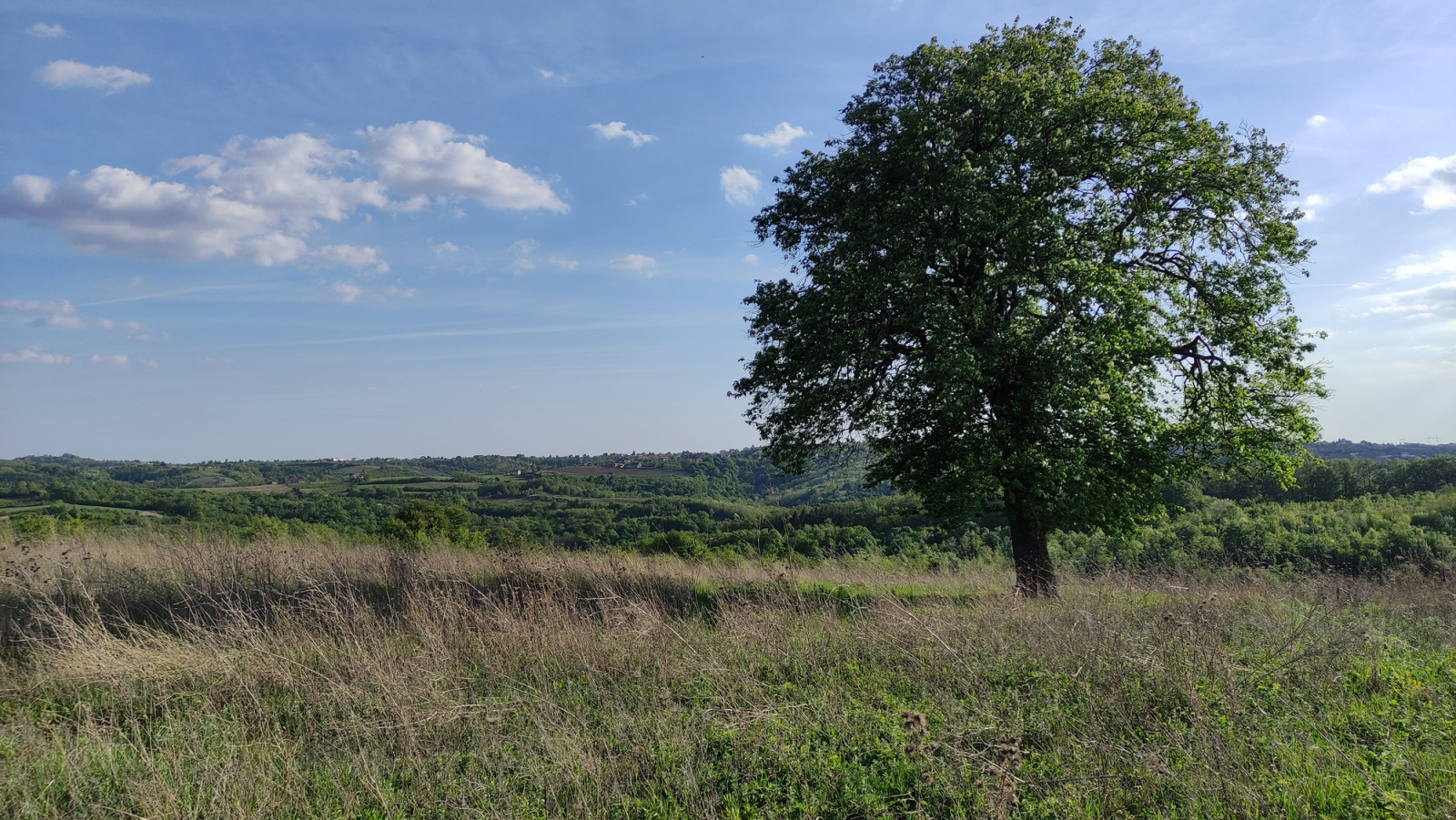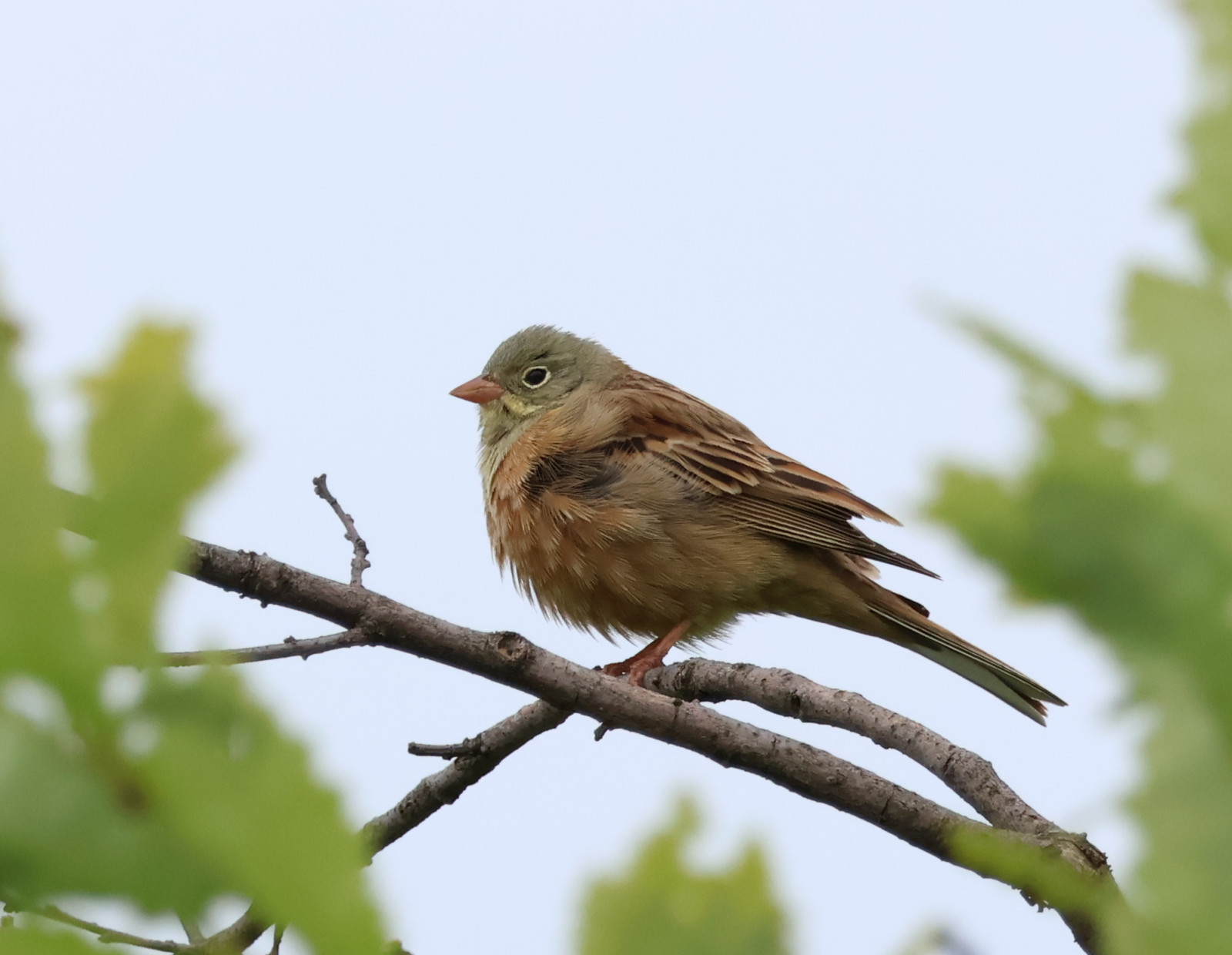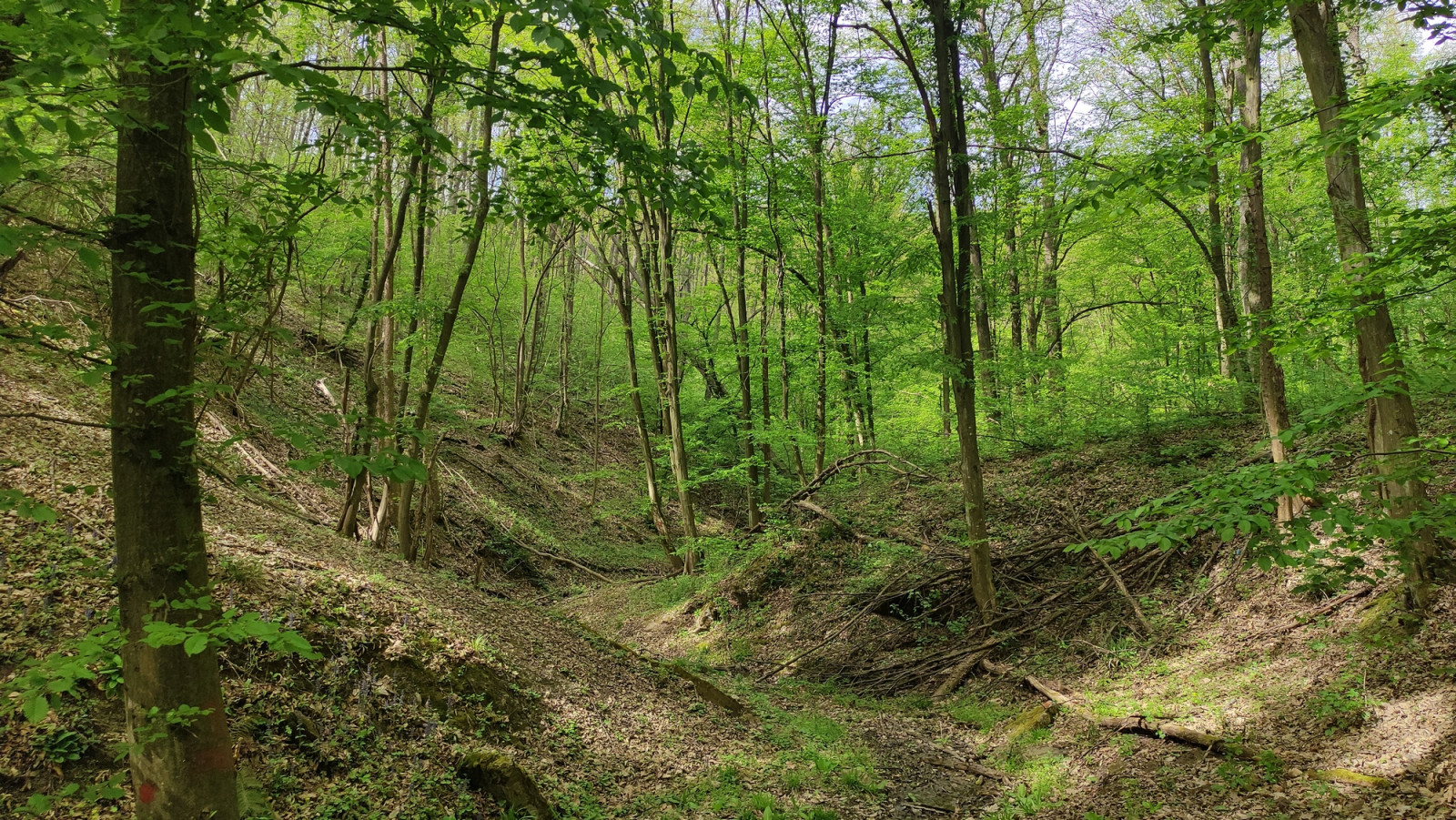Descrizione
The hilly country around the small hamlet of Bela Reka, southwest of the much visited Mt. Avala nature reserve, is a traditional farming landscape. One of a few remaining pockets of the grassland and woodland mosaic that used to cover the countryside south of Belgrade, before intensive agriculture and widespread development. Here you can stroll across grassy meadows rich in wildflowers and insect life, perfect habitat for grassland-loving species such as Ortolano (Bela Reka has one of the largest concentrations of this species around the capital), Zigolo giallo, Stiaccino, Tottavilla, Quaglia and Starna.
Bordering the meadows are well-preserved, diverse hedges which harbor many nesting Averla piccola, Usignolo and Sterpazzola. In winter, being rich in sloe and hawthorn berries, these hedges attract flocks of Cesena, Tordo sassello, Tordela and in some years Beccofrusone. Right next to these open landscapes are shady woods of oak and hornbeam, criss-crossed with small streams, where breeding Picchio nero, Picchio rosso mezzano, and migrating Balia dal collare and Balia nera in spring are guaranteed. Also breeding in these woods is Beccaccia which may be heard and observed on spring evenings. You are also very likely to see Astore, hunting in low flight over the fields and hedges, and soaring Falco pecchiaiolo.
Dettagli
Accesso
You can take the bus 407 (enter at Banjica at the start of the bus route and exit at the last stop), or get there by car (park next to the abandoned factory - the same place where the last bus stop is). Click on the P in the map for directions or coordinates. The walking route shown on the map is about 6 km.





